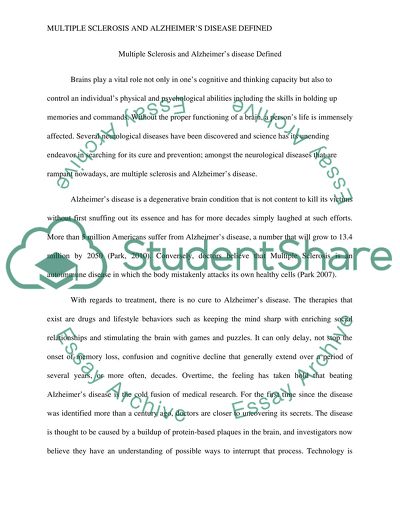Cite this document
(“Multiple Sclerosis and Alzheimer's Disease Defined Research Paper”, n.d.)
Retrieved de https://studentshare.org/health-sciences-medicine/1392758-writing-assignment
Retrieved de https://studentshare.org/health-sciences-medicine/1392758-writing-assignment
(Multiple Sclerosis and Alzheimer'S Disease Defined Research Paper)
https://studentshare.org/health-sciences-medicine/1392758-writing-assignment.
https://studentshare.org/health-sciences-medicine/1392758-writing-assignment.
“Multiple Sclerosis and Alzheimer'S Disease Defined Research Paper”, n.d. https://studentshare.org/health-sciences-medicine/1392758-writing-assignment.


